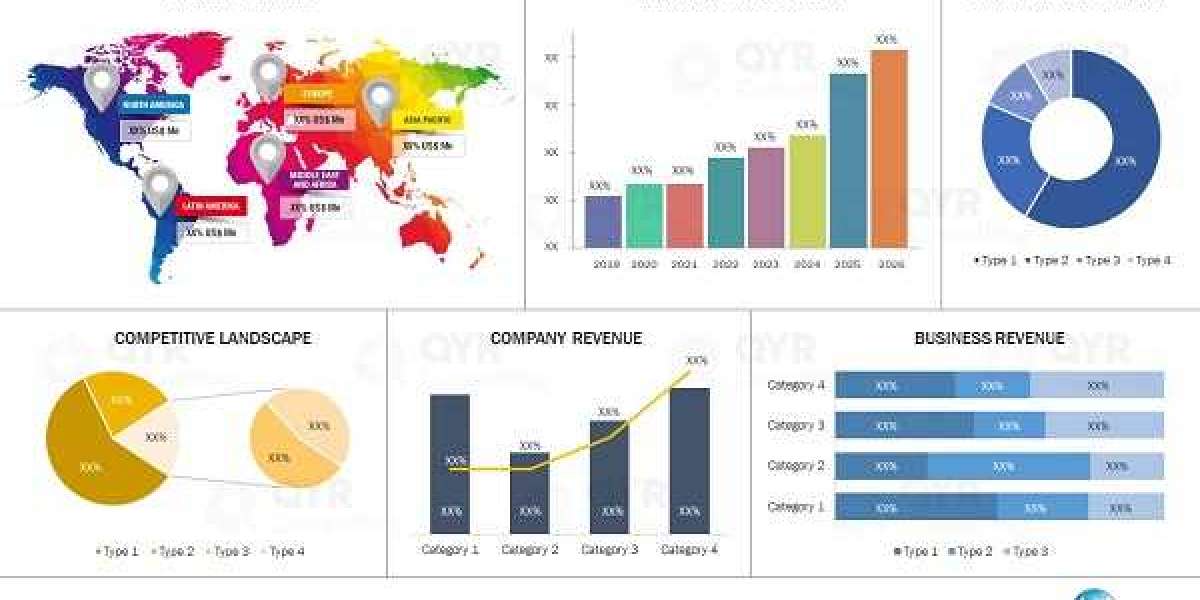CBD Gummies Highline Wellness :-
Unlike CBD oils or tinctures, that are often taken sublingually (below the tongue), gummies are ingested, because of this they skip via the digestive device earlier than coming into the bloodstream.
Official Website :- https://allsupplement.org/highline-wellness-cbd-gummies/
Facebook :- https://www.facebook.com/CBD.Gummies.Highline.Wellness/
Read More :- https://www.facebook.com/groups/highlinewellnessthcgummiesreviews/
Read More :- https://www.facebook.com/groups/highlinewellnesspremiumcbd/
Read More :- https://www.facebook.com/groups/highline.wellness.cbd.gummies.get/
Read More :- https://www.facebook.com/groups/highline.wellness.cbd.gummies.us/
Read More :- https://www.facebook.com/groups/965672615728494/
Read More :- https://www.facebook.com/events/1874632563311339/
Jimdo :- https://cbdgummieshighlinewellness.jimdosite.com/
Google Site :- https://sites.google.com/view/cbdgummieshighlinewellness/home
Click here :- https://colab.research.google.com/drive/10yztV-q7p3NRFFckD2rexhiguuQFlZL4
Click here :- https://gns3.com/community/discussions/cbd-gummies-highline-wellness-2025-benefits
Click here :- https://site-y96tza2bz.godaddysites.com/
Click here :- https://4irdeveloper.com/index.php/forums/view_forumtopic_details/16716
Click here :- https://cbdgummies-highlinewellness.blogspot.com/2025/05/cbd-gummies-highline-wellness-official.html
Click here :- https://heyzine.com/flip-book/d25322f5fd.html











